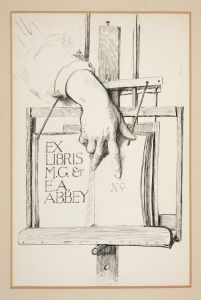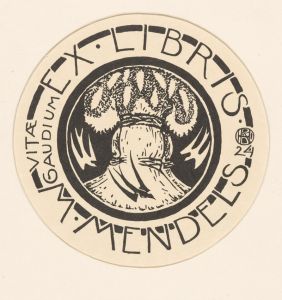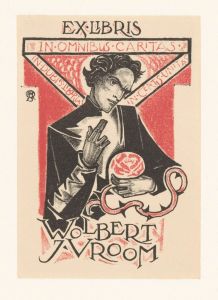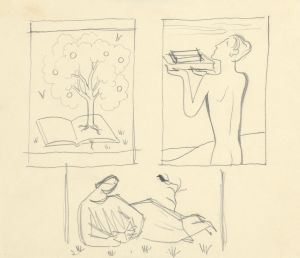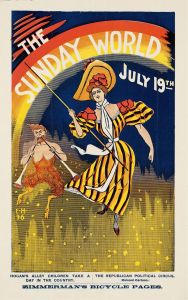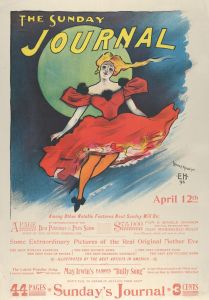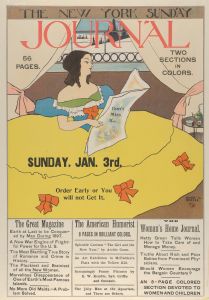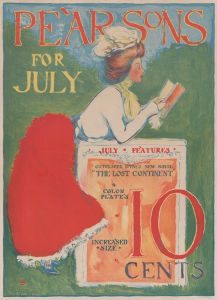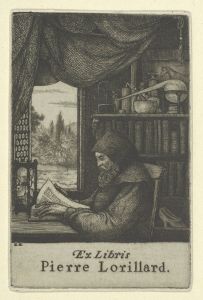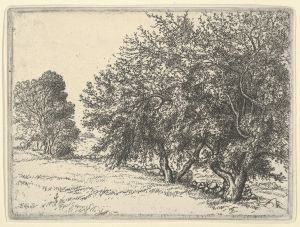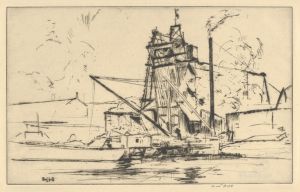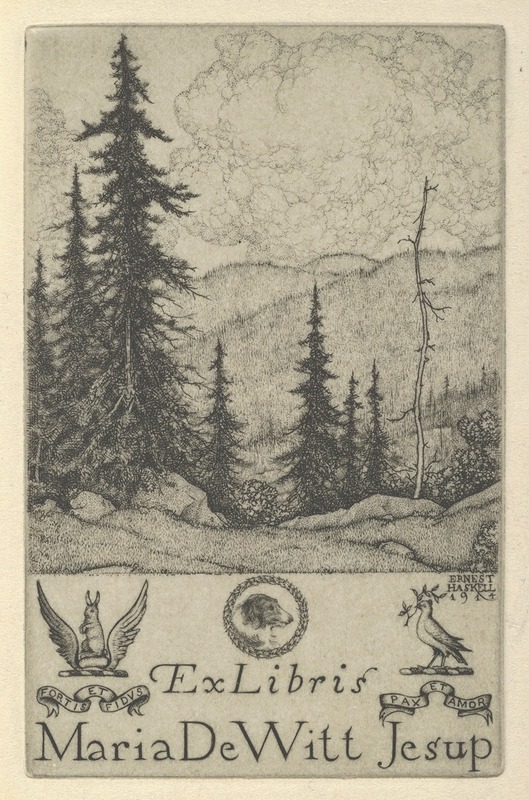
Ex Libris Maria DeWitt Jesup
A hand-painted replica of Ernest Haskell’s masterpiece Ex Libris Maria DeWitt Jesup, meticulously crafted by professional artists to capture the true essence of the original. Each piece is created with museum-quality canvas and rare mineral pigments, carefully painted by experienced artists with delicate brushstrokes and rich, layered colors to perfectly recreate the texture of the original artwork. Unlike machine-printed reproductions, this hand-painted version brings the painting to life, infused with the artist’s emotions and skill in every stroke. Whether for personal collection or home decoration, it instantly elevates the artistic atmosphere of any space.
Ernest Haskell was an American artist known for his contributions to the fields of illustration, etching, and poster design during the late 19th and early 20th centuries. One of his notable works is the ex libris, or bookplate, created for Maria DeWitt Jesup. Bookplates are small prints or labels pasted into books to indicate ownership, and they often feature artistic designs that reflect the owner's personality or interests.
Maria DeWitt Jesup was a prominent figure in New York society and a philanthropist during her time. She was married to Morris K. Jesup, a wealthy banker and philanthropist who was deeply involved in various cultural and scientific endeavors, including the American Museum of Natural History. The Jesups were well-known for their patronage of the arts and their support of numerous charitable causes.
The ex libris designed by Ernest Haskell for Maria DeWitt Jesup is a fine example of the intricate and personalized artwork that characterized bookplates of that era. Haskell's work often featured detailed line work and a keen attention to detail, which is evident in this piece. While specific details about the imagery used in this particular bookplate are not widely documented, Haskell's style typically included elements that were both decorative and symbolic, often incorporating motifs that resonated with the owner's identity or interests.
Haskell's career spanned several decades, during which he became known for his versatility and skill across various artistic mediums. He was particularly celebrated for his etchings and lithographs, which were highly regarded for their precision and artistic quality. His work in creating bookplates, such as the one for Maria DeWitt Jesup, contributed to his reputation as a master of fine detail and design.
The creation of bookplates was a popular practice among the affluent and literate classes in the late 19th and early 20th centuries. These personalized artworks served not only as a mark of ownership but also as a reflection of the owner's taste and social status. Artists like Haskell were commissioned to create unique designs that would be both functional and aesthetically pleasing.
Ernest Haskell's contribution to the art of bookplate design is a testament to his skill and the cultural importance of such items during his time. The ex libris for Maria DeWitt Jesup stands as a representation of the intersection between art and personal identity, capturing a moment in history when book ownership was both a private pleasure and a public statement.
While detailed information about the specific design elements of the Maria DeWitt Jesup bookplate is limited, the work remains an example of Haskell's artistic legacy and the broader tradition of bookplate artistry. Through his work, Haskell left a lasting impact on the world of illustration and printmaking, and his bookplates continue to be appreciated for their beauty and craftsmanship.





